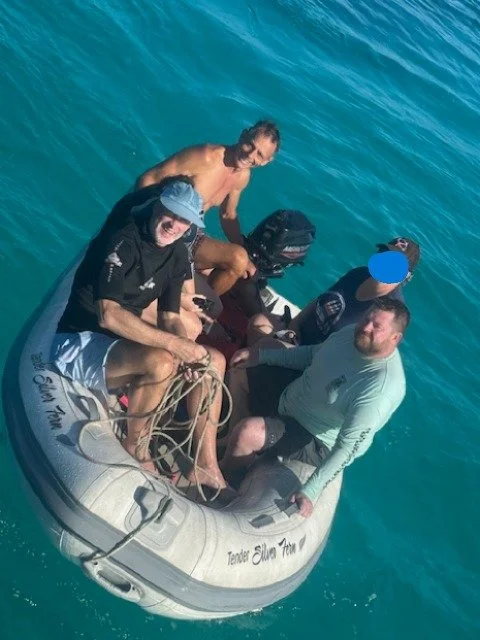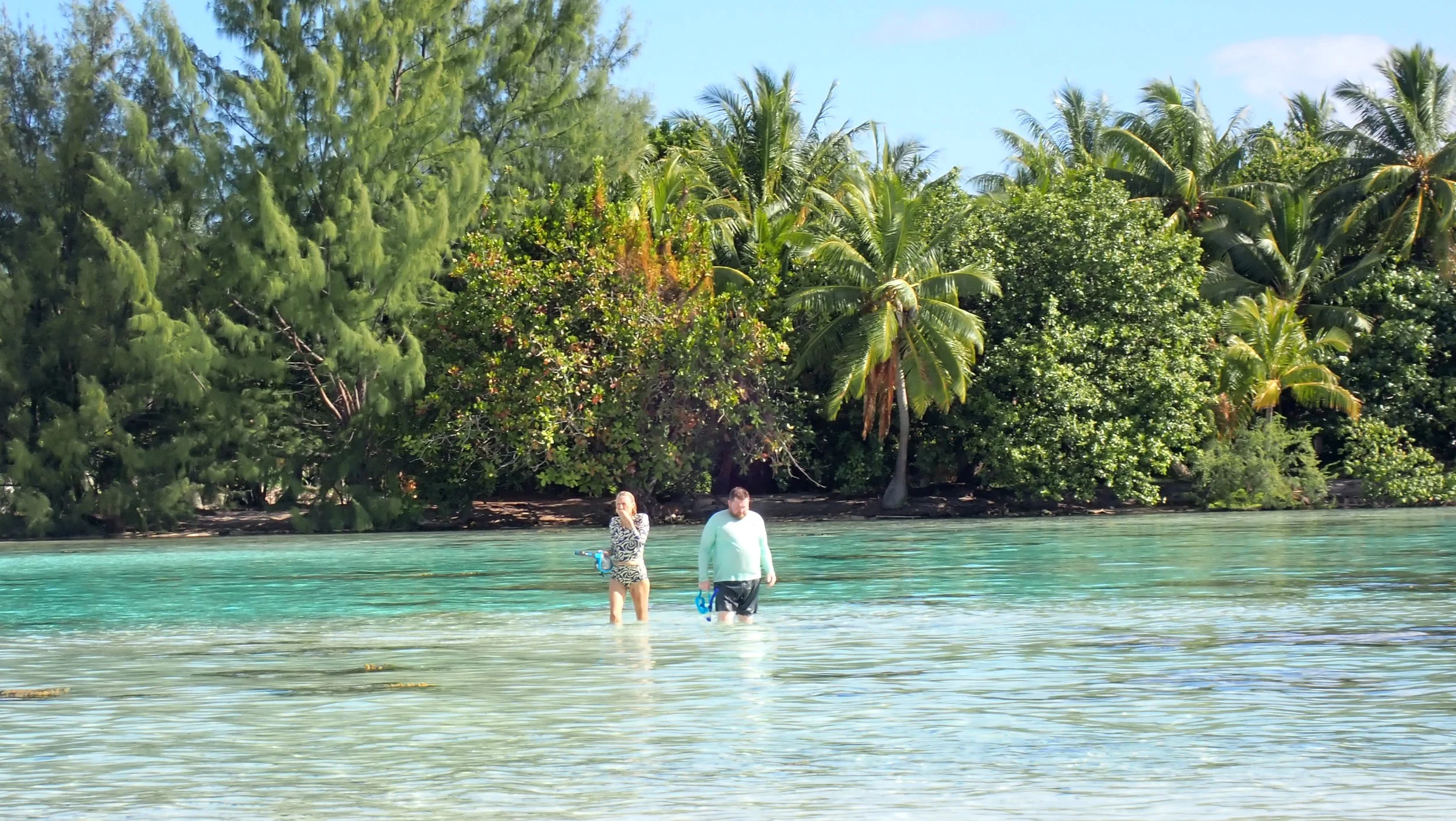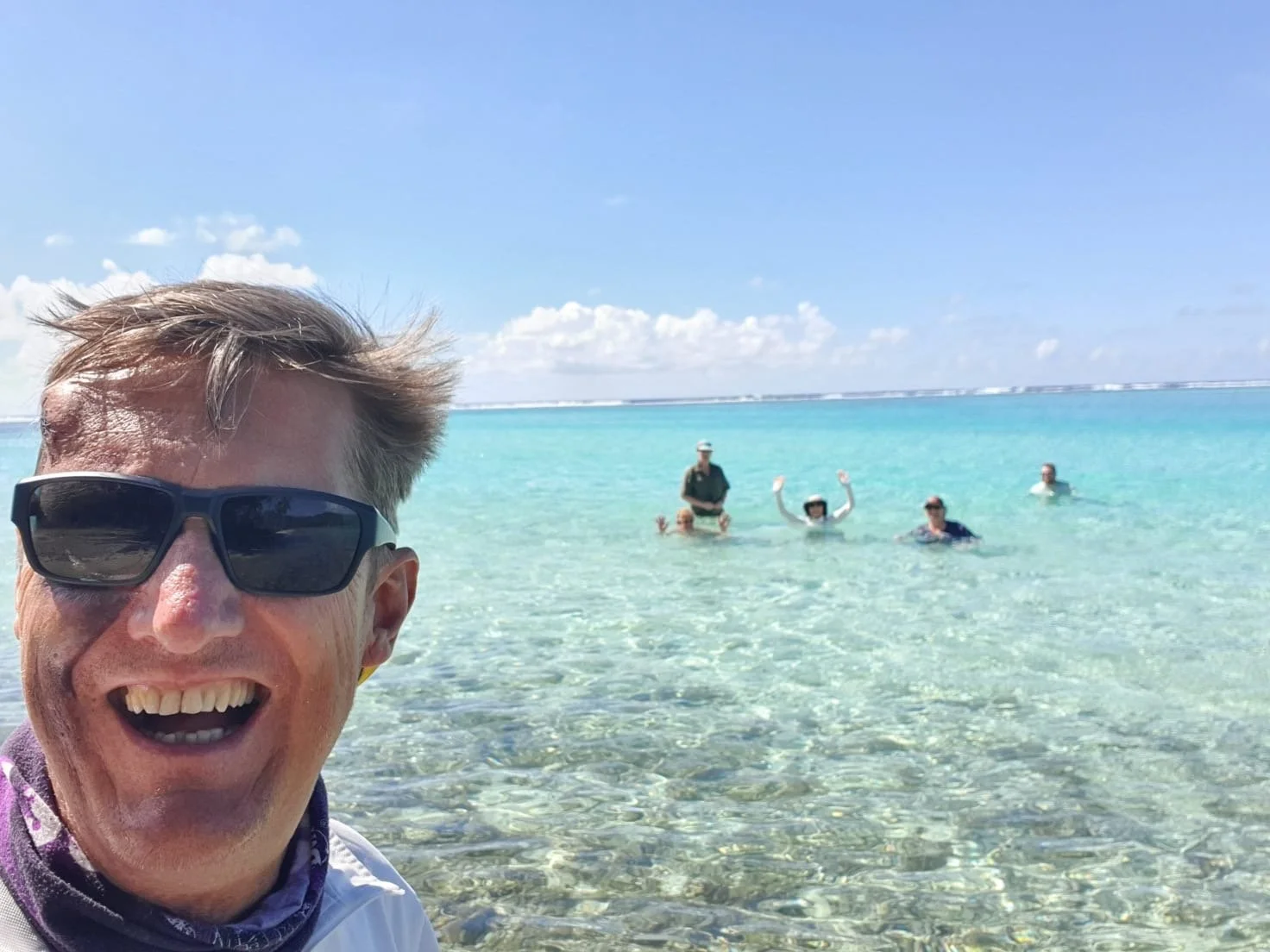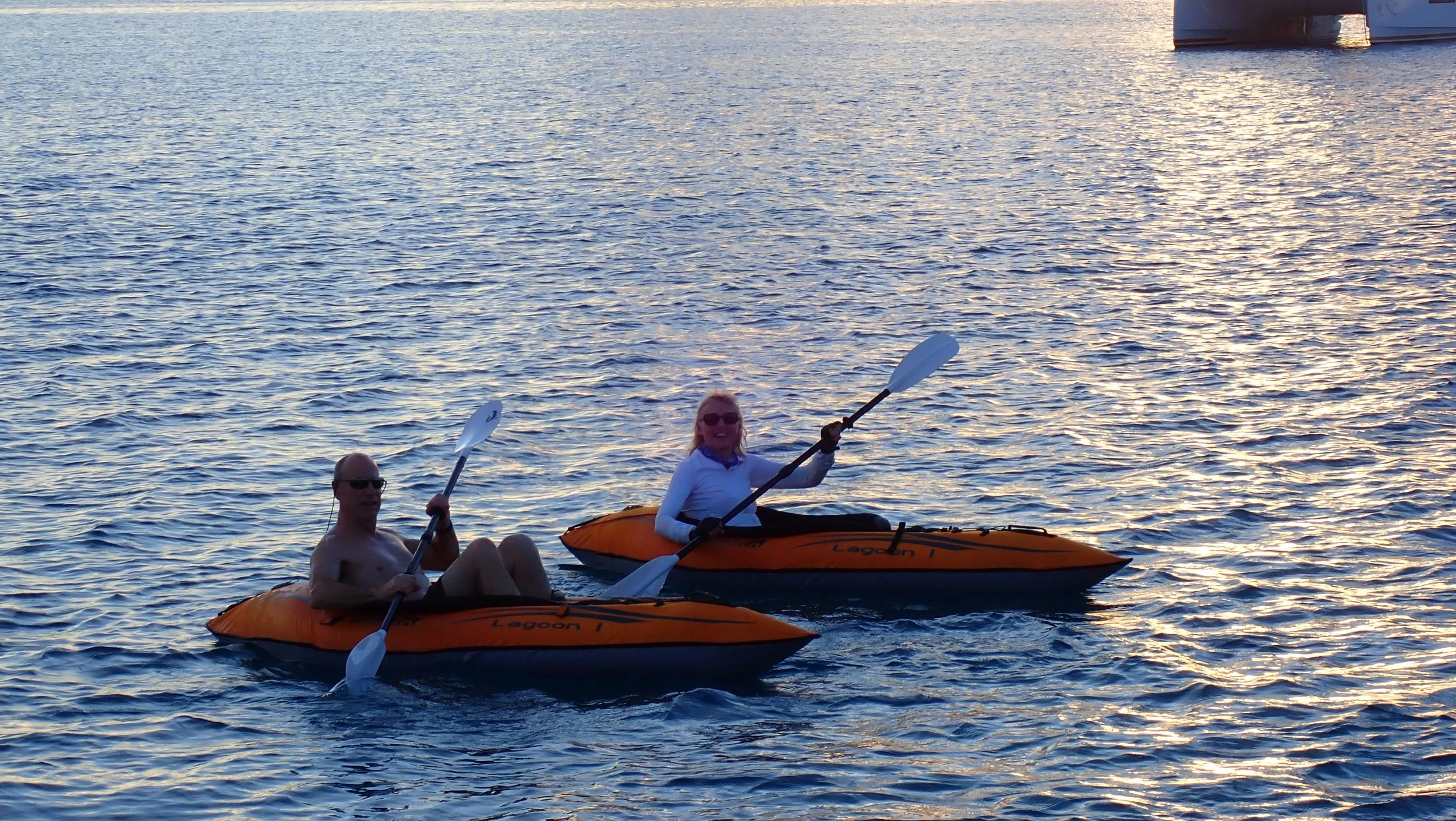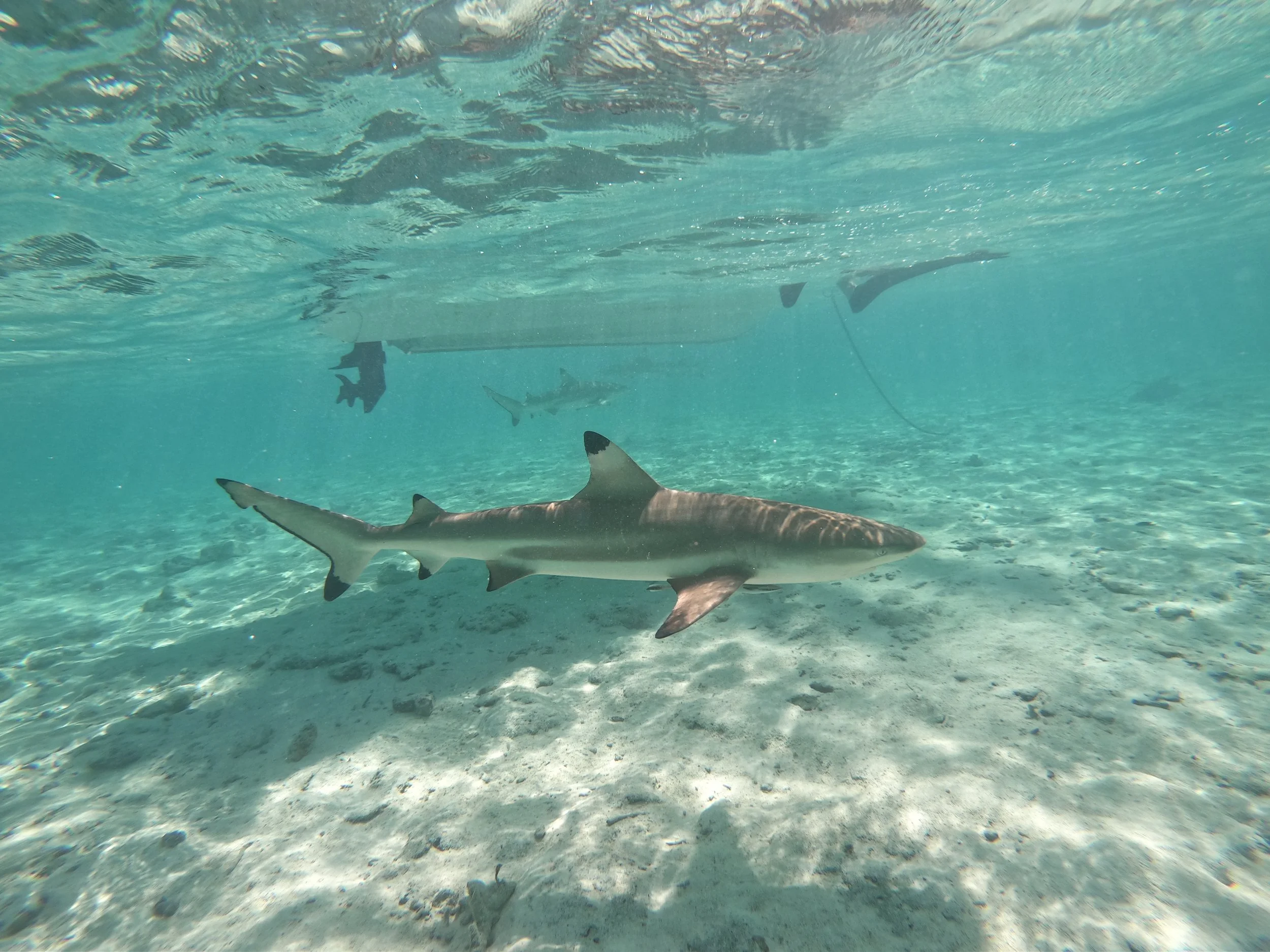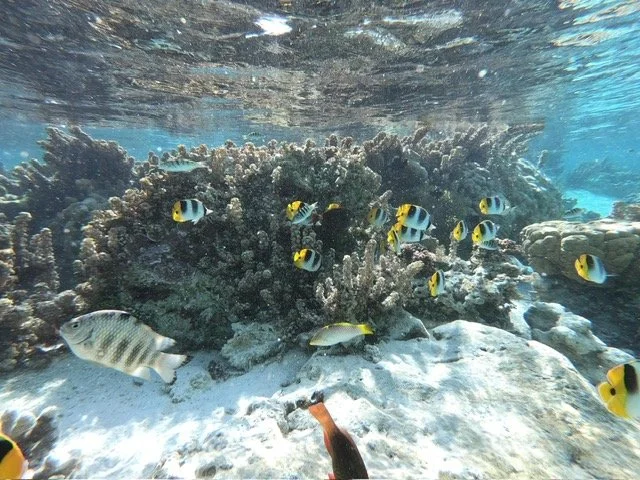Bliss Afloat: A Journey Across the Islands
It began not with sails, but with suitcases.
A handful of strangers from around the globe—New Zealand, Alaska, England, France, and Australia—gathered on the deck of Silverfern, their floating/sailing home for the next 14 days. Some had salt in their veins; others had never trimmed a sheet. But they all came in search of something—freedom, adventure, perhaps a little peace.
The first hours were a flurry of activity. Clothes were tucked into narrow bunks, provisions stashed into lockers, and the boat’s secrets—switches, hatches, hidden compartments—were unveiled like a magician revealing their tricks. With the sun dipping below Tahiti’s lush mountains, the crew gathered for the safety briefing, a ritual that marked the moment the dream officially set sail.
By the next morning, they were gliding away from Marina Taina into the big, blue expanse. Moorea rose like a green temple from the sea. En route, they practiced man-overboard drills—half serious, half rehearsal for something they all hoped would never happen. Once anchored, the world beneath them opened up. They snorkelled among blacktip reef sharks and stingrays. Dolphins leapt nearby, not for applause, just because they could.
It was only the second day.
Each morning seemed to begin earlier than the last. On day three, they rose at 5 a.m., guided out of Moorea’s protective reef by moonlight. Coffee brewed in the galley while the horizon turned gold. With light winds, they hoisted the asymmetrical sail—a bold splash of red and white against the sky—and pointed west toward Huahine.
Huahine felt like a secret the world hadn’t yet discovered. There were no crowds. Just warm smiles, roadside coconut stalls, and shaded paths that led to quiet beaches. Some took bikes around the island, others wandered through sleepy villages. Everyone swam. Everyone smiled.
From there, it was on to Tahaa, and then Bora Bora. But the itinerary was never carved in stone—it was shaped by curiosity. When a crew member heard about a rare coral drift snorkel off Tahaa’s north side, plans were scrapped and reshaped in minutes. The decision was unanimous: Let’s go. And it was magic.
At Bora Bora, they kayaked in the morning and then in the afternoon, they relished about what had been seen. There were shark swims, coral gardens, dinners in the park, and a local who offered them a ride in the back of a Ute to save them a long walk under a starlit sky.
Sailing, they discovered, wasn’t always about the wind or the course. It was about the moments between drinking coffee on deck as the sun climbed into a cloudless sky; eating pancakes in swimsuits; trading stories with a crew that became, in time, a family.
And just when they thought the week couldn’t get better, they learned that the Heiva festival—a celebration of Polynesian music, dance, and tradition—was starting in Bora Bora. Without hesitation, they extended their stay. Because when you’re floating in paradise, the clock doesn’t dictate the journey—joy does.
They came from different continents and backgrounds, but by the end of that week, every one of them had become something else entirely: sailors, adventurers, and keepers of a story that could never be repeated in quite the same way again.



